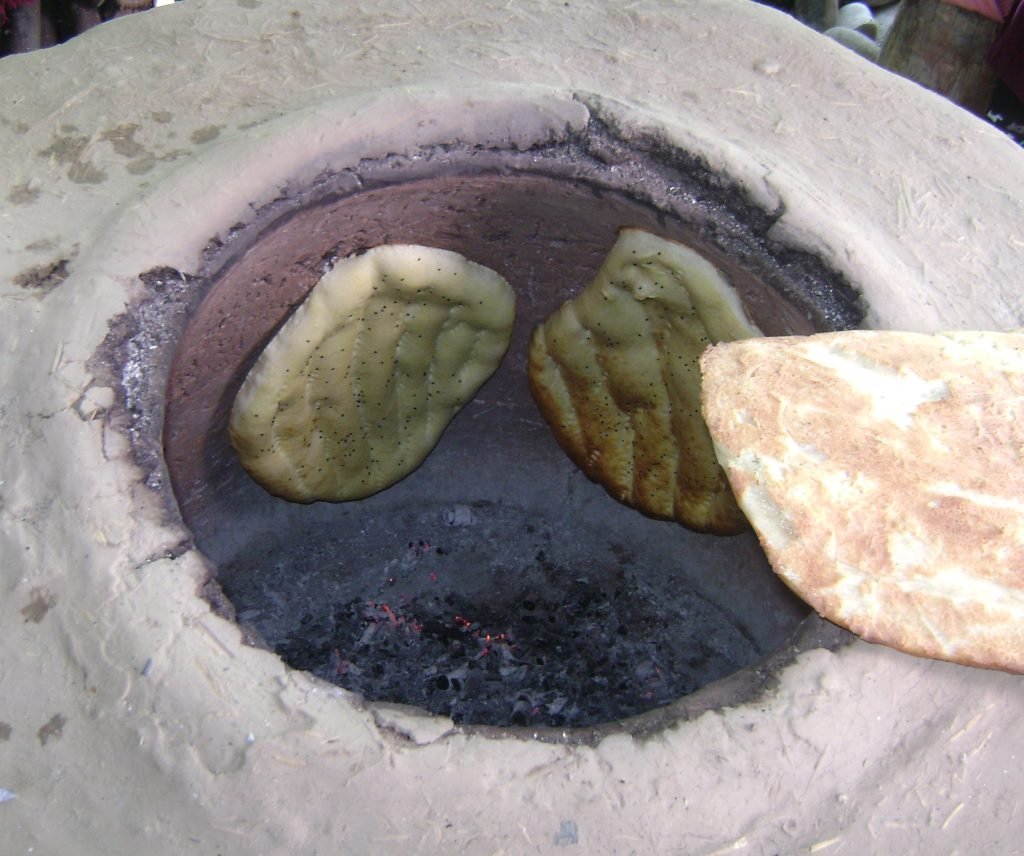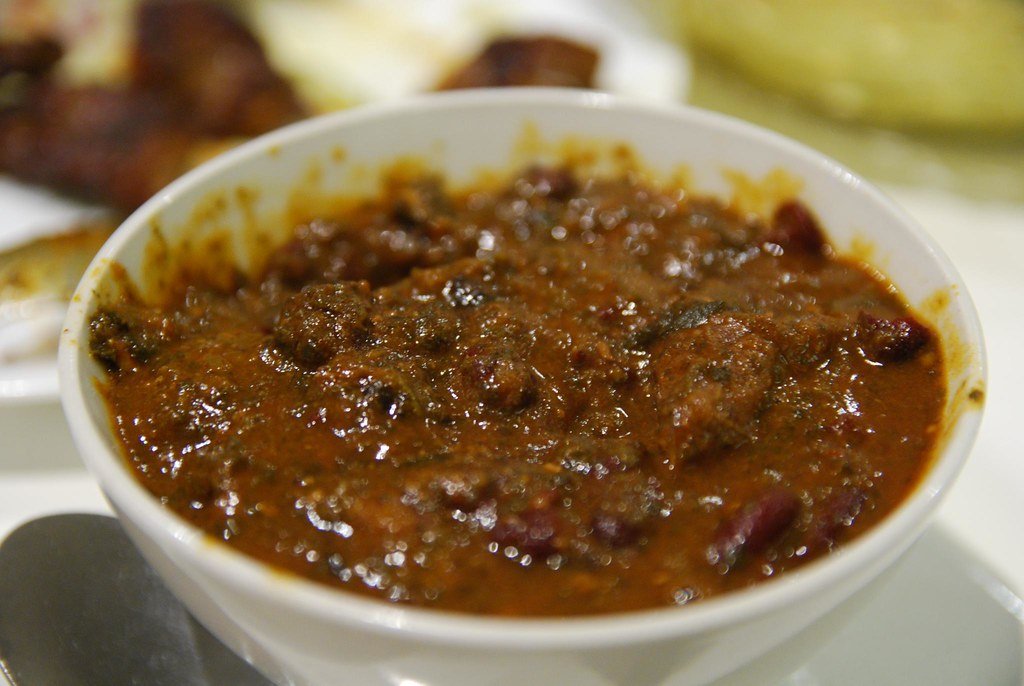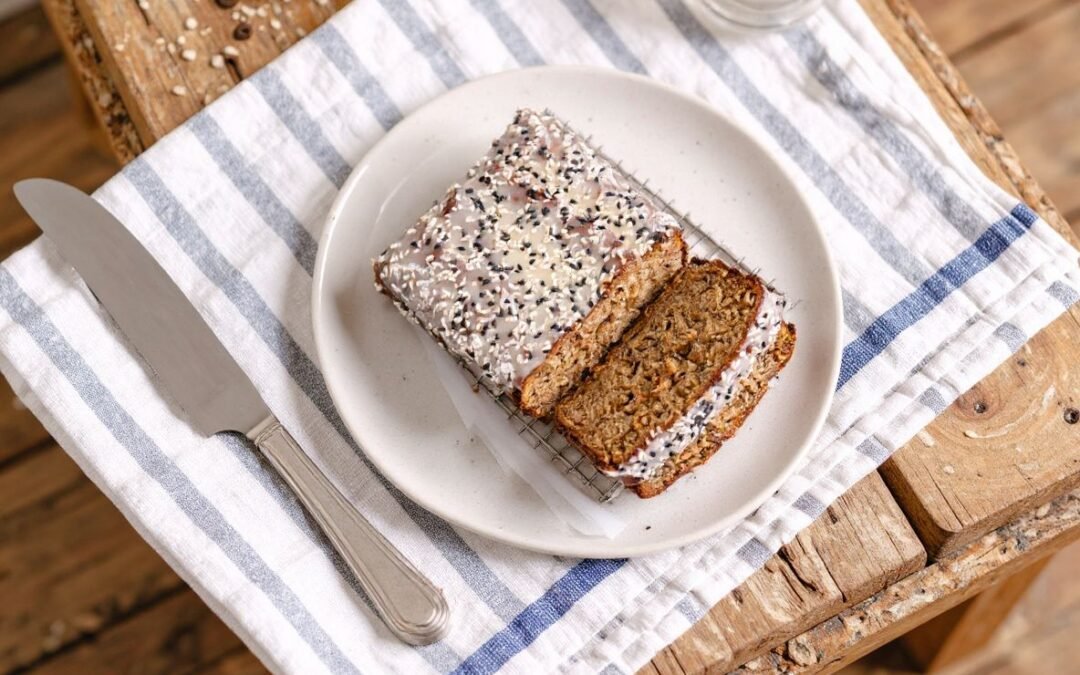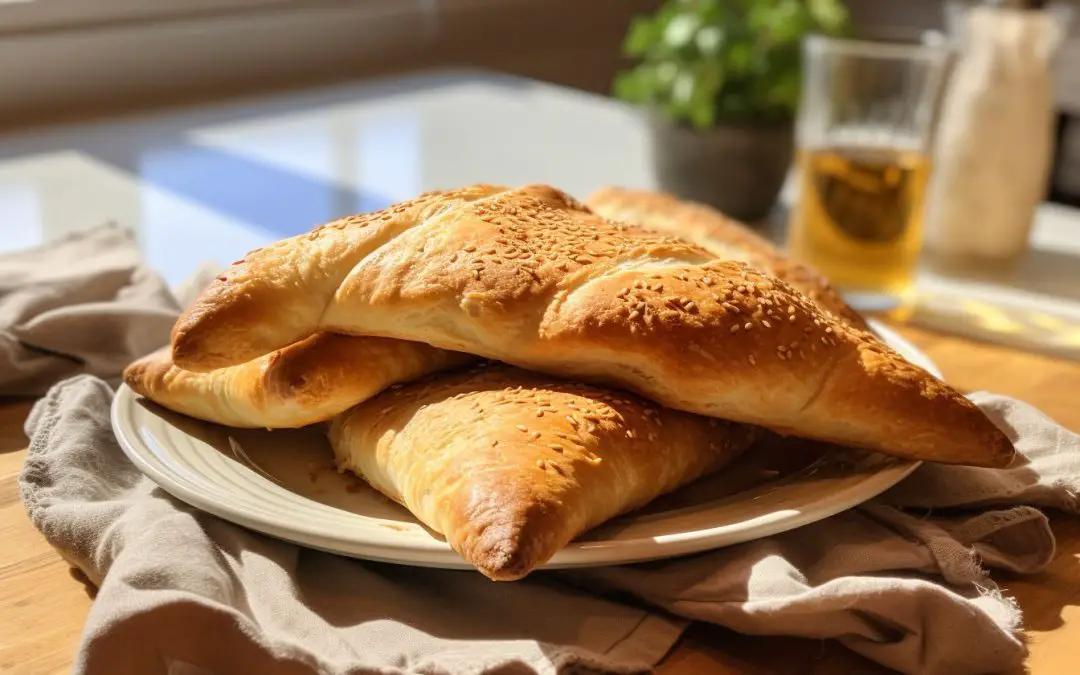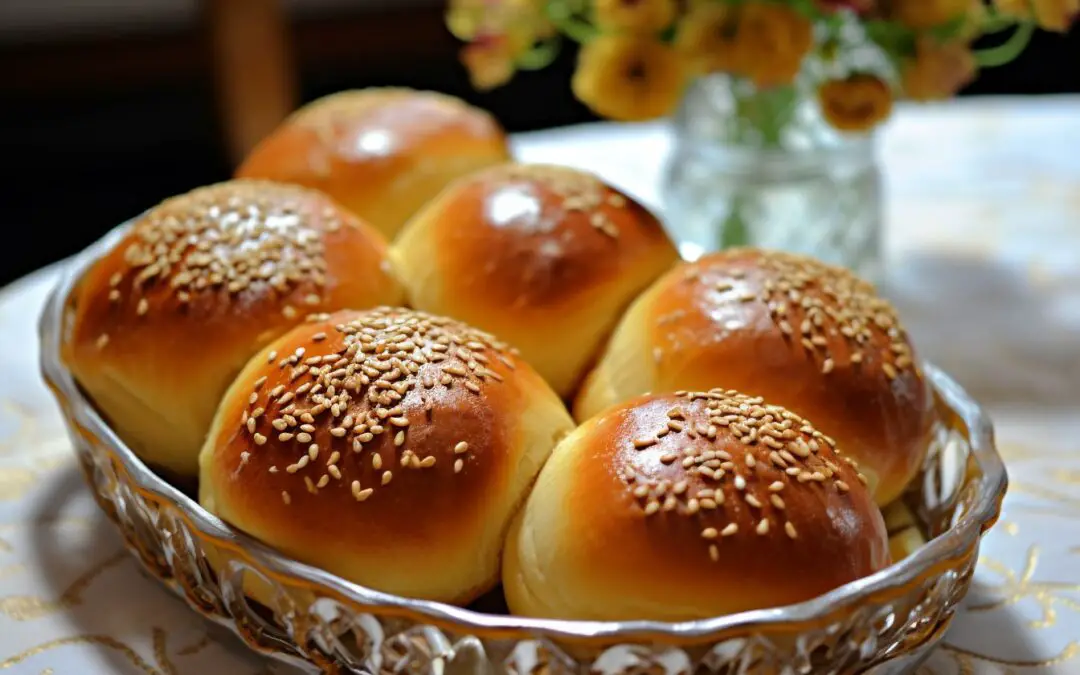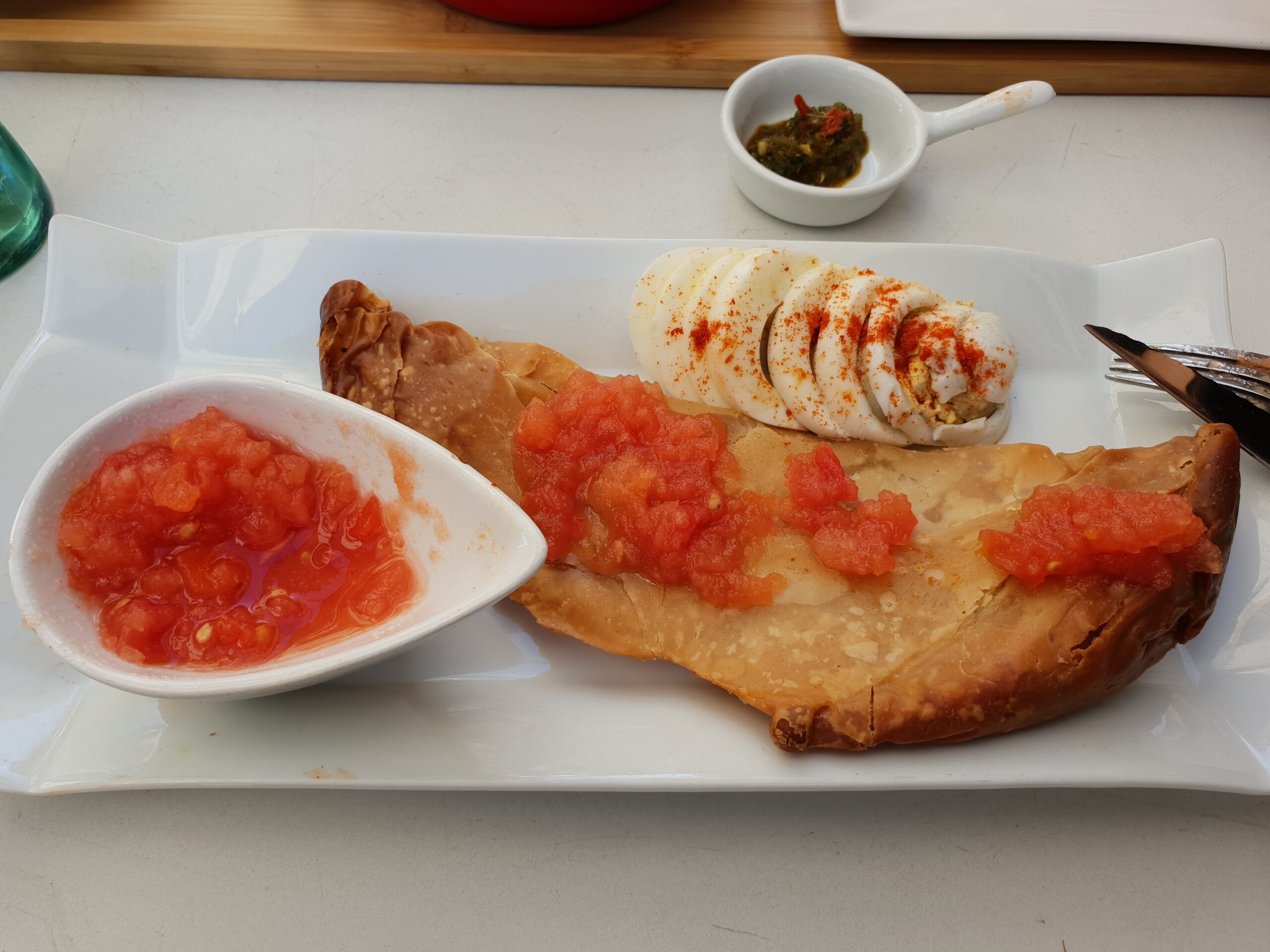Tandoor bread is a staple in many households and restaurants around the world. It is a type of bread that is baked in a tandoor, a traditional clay oven that is commonly used in Indian, Pakistani, and Middle Eastern cuisine. Tandoor bread can come in many different forms, such as naan, roti, and kulcha, and is famous for its unique texture and flavor.
One of the key features of tandoor bread is its cooking process. The bread is baked at high temperatures, which gives it a crispy exterior and a soft, chewy interior. The heat of the tandoor also creates a smoky flavor that is distinct from other types of bread. Additionally, tandoor bread can contain a variety of ingredients, such as garlic, herbs, and cheese, which can add even more depth to its flavor.
Whether you are enjoying tandoor bread as a side dish or using it as a base for a sandwich or wrap, it is a versatile and delicious option. Its unique cooking process and flavor profile make it stand out from other types of bread and add an extra element of excitement to any meal.
It was a lovely evening when my family and I decided to have dinner at a Middle Eastern restaurant in Baltimore. As we were enjoying our meal, a group of Middle Eastern people began to sing and dance to traditional music. It was a beautiful sight to see and added to the overall atmosphere of the restaurant.
During the meal, our waiter brought out a basket of warm tandoor bread, which was soft and fluffy with a slightly crispy exterior. It was absolutely delicious and complemented our meal perfectly.
After the singing ended, I requested the bread recipe from the restaurant chef, who was more than happy to share it with me. The recipe contained simple ingredients that were easy to find. Here are the ingredients for the tandoor bread recipe: dry yeast, warm water, salt, all-purpose flour, egg yolk for brushing, and a pinch of nigella sativa seeds.
I couldn’t wait to try making the bread at home and was excited to have the recipe in my hands.
Serving and Eating Tandoor Bread
When it comes to serving and eating tandoor bread, there are a few things to keep in mind. First and foremost, serve tandoor bread hot and fresh out of the oven. If you’re making it at home, try to time it so that it’s ready just before you’re ready to eat.
One of the great things about tandoor bread is that it’s incredibly versatile. You can serve it as a side dish, use it as a wrap for sandwiches or kebabs, or even use it as a base for pizza. No matter how you choose to serve it, tandoor bread is sure to be a hit.
To eat tandoor bread, simply tear off a piece and use it to scoop up your food. It’s common to use tandoor bread to scoop up curries, stews, and other saucy dishes. If you’re using it as a wrap, fill it with your favorite ingredients and roll it up like a burrito.
Another great way to serve tandoor bread is with a variety of dips and spreads. Hummus, tzatziki, and baba ganoush are all great options. You can also try making your own chutneys or sauces to serve alongside the bread.
Ingredients:
- 1 packet (¼ oz.) of dry yeast
- 1½ cups of warm water
- 1 teaspoon of salt
- 3 cups of all-purpose flour (plus extra for kneading)
- 1 egg yolk (or 1 tablespoon of plain yogurt mixed with a little water) for brushing
- A dash of nigella sativa seeds (alternatively, you can use poppy seeds or black, or white sesame seeds).
How to Make Tandoor Bread?
- To make delicious tandoor bread, in a small bowl, start by mixing yeast with water until the yeast is dissolved.
- Then, sift the flour into a large bowl and add salt. Toss everything to combine and gradually add the yeast-water mixture. Stir with your hand until a rough ball forms.
- Then, transfer the dough to a lightly floured surface and press any detached dough bits into the ball. Knead the dough, punching it down with your fists, folding it over, and turning. Knead for about 8 to 10 minutes, or until elastic and smooth.
- After kneading, shape the dough into a ball and put it back into the large bowl. Cover the bowl with a plastic wrap or kitchen towel and leave the dough to rise in a warm spot for about 90 minutes or until doubled in volume. The dough should look puffy and be soft when poked with a finger.
- After the dough rises, deflate it and move it to a surface dusted with a bit of flour.
- Shape the dough into a ball and with your hands, flatten it slightly and stretch it lengthwise. If you find it challenging to stretch the dough using your hands, use a rolling pin.
- Start rolling out the dough beginning at one end until you obtain a long flat bread about 1/2 inch thick (1,5cm), 14 inches long, and 8 inches wide (35x20cm).
- Then, carefully transfer the bread onto a non-stick baking sheet, fixing the shape as necessary. Leave the dough to rest and slightly rise on the baking sheet for another 15-20 minutes before baking.
- Before baking, preheat the oven to 400F/200C.
- With a knife, create light crisscross cuts on the bread, 4 from right to left and 4 the opposite way, each at a slight angle. Alternatively, with your pinkie, make three slight dents lengthwise on the bread. Evenly coat the bread with your preferred glaze and scatter the seeds over it.
- Finally, put the baking sheet on the oven’s middle rack and let the bread bake for 20 to 25 minutes., or until it is golden on top and sounds hollow when tapped on the bottom. And there you have it! Your delicious tandoor bread is ready to consume.
Varieties of Tandoor Bread
Tandoor bread is a type of bread that is baked in a tandoor oven. This is a clay oven and is heated by charcoal or wood. The high temperature gives this bread a unique texture and flavor.
There are several varieties of tandoor bread that are popular in different regions of the world. Here are some of the most common types:
- Naan: Naan is a popular type of tandoor bread that you can find in Indian and Pakistani cuisine. It contains flour, water, yeast, and salt. Naan can be plain or stuffed with ingredients like cheese, garlic, or herbs.
- Roti: Roti is a type of tandoor bread that is popular in Indian and Caribbean cuisine. It contains whole wheat flour, water, and salt. Roti is usually served with curries or other spicy dishes.
- Lavash: Lavash is a type of tandoor bread that is popular in Armenian and Turkish cuisine. It contains flour, water, and salt. Lavash is thin and crispy and is often used as a wrap for sandwiches or as a side dish.
- Pita: Pita is a type of tandoor bread that is popular in Middle Eastern cuisine. It contains flour, water, yeast, and salt. Pita is often used as a pocket for sandwiches or as a side dish.
Each type of tandoor bread has its own unique flavor and texture. You can enjoy them on their own or with a variety of dishes.
Conclusion
In conclusion, tandoor bread is a delicious and versatile type of bread that you can enjoy in many different ways. From naan to roti, tandoor bread is a staple in many cuisines around the world.
One of the great things about tandoor bread is its ability to pair well with a variety of dishes. Whether you’re enjoying a curry or a kebab, you can use tandoor to soak up all the delicious flavors and spices.
Another benefit of tandoor bread is its texture. The crispy exterior and soft, chewy interior make it a satisfying addition to any meal. Plus, its unique shape and appearance make it a visually appealing addition to any table setting.
While tandoor bread is traditionally cooked in a tandoor oven, you can also make it at home using a regular oven or even a stovetop. This makes it accessible to anyone who wants to try their hand at making homemade bread.
Overall, tandoor bread is a delicious and versatile type of bread that is worth trying if you haven’t already. Its unique texture and ability to pair well with a variety of dishes make it a great addition to any meal.
Did you know? Tandoor bread is perfect with Persian lamb ghormeh sabzi stew.
Get the recipe now (by clicking the image below):

